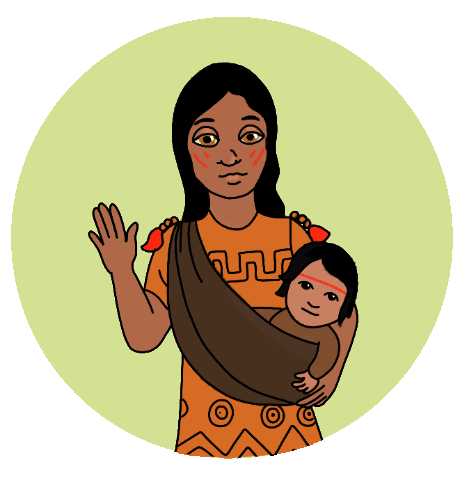


This concept enables us to understand the ideas, values, ideals and emotions that empower a narrative, just like deep ocean currents direct more superficial currents.
This tool enables us to observe how narratives are constructed based on fragments (messages, stories) that come from different sources and in different forms. When uniting these fragments and viewing the entire mosaic they create, we have a much richer view of how they fit together and what their strength is.
Enables us to see which parts of a story are extracted and taken out of context to create, exacerbate or “validate” narratives. When we learn about its existence, we can break the frame to see a broader perspective.
Try not to think about an “elephant”. We all evoke the concepts of every word that we know as soon as we hear it. This visualization will depend on our context. Often, it’s not necessary for the narratives to be expressed literally, since these are being prompted by related concepts which, upon being mentioned, reproduce them.
Tool to identify the powers and interests that are behind the creation, spread or strengthening of narratives, from what’s highly visible to what’s invisible.

Melina is in her last semester of a university course. Despite being so close to graduating, her grades have plummeted and she can’t concentrate, because she’s being stalked online by one of her professors and this is making her feel highly uncomfortable and insecure in class. She decides to tell her childhood friend, Carlos, what’s happening to her.
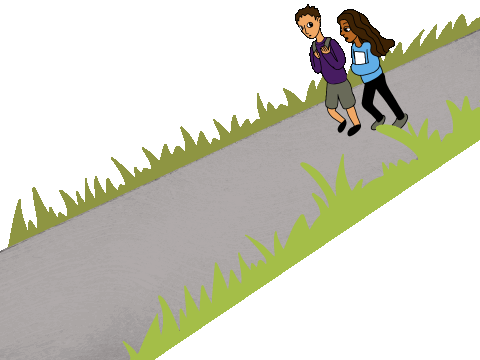

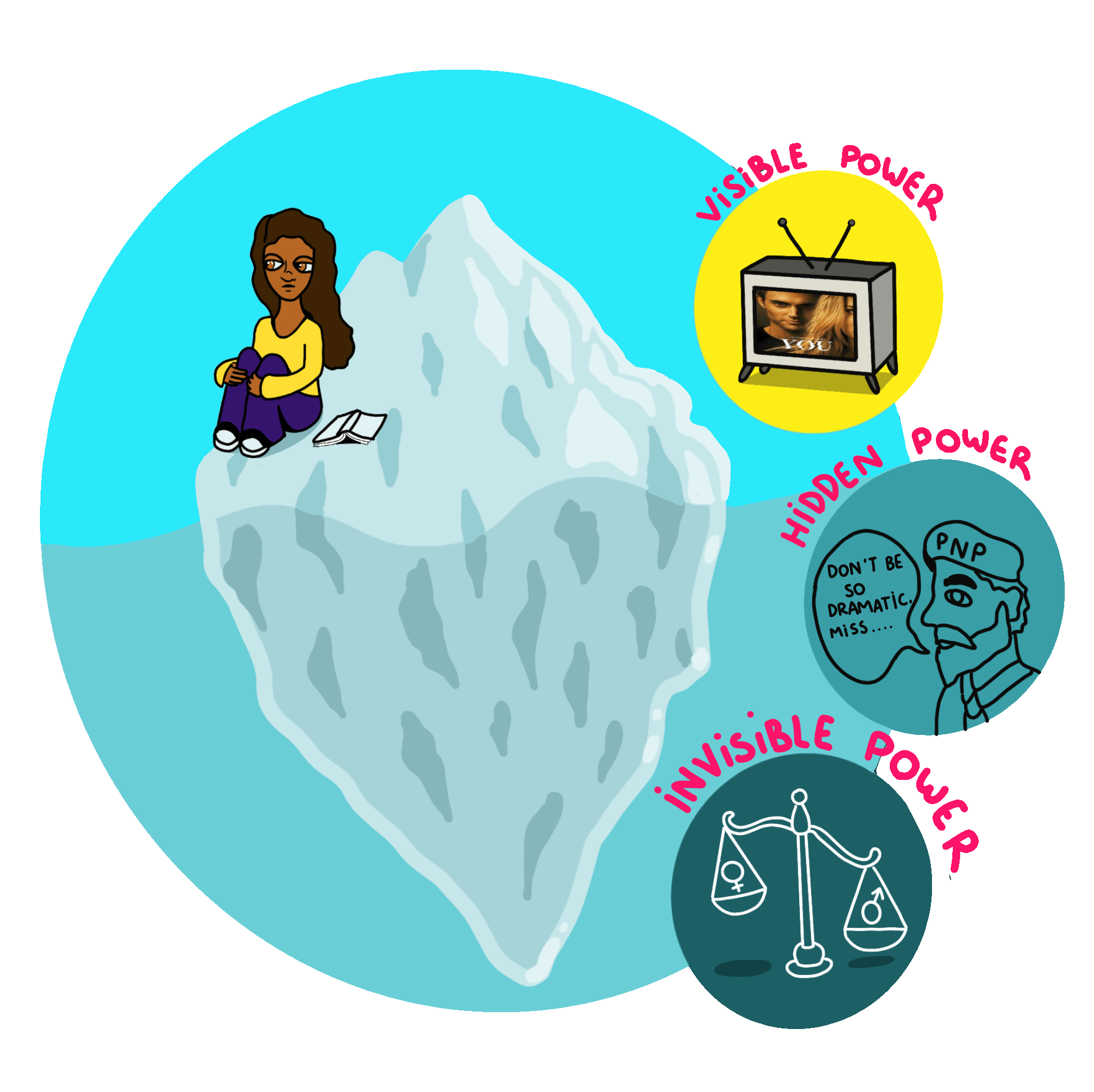
Melina isn’t convinced about Carlos’ advice. “Report him? How embarrassing, he’s a professor, what could she as a student do? Will they believe me? Besides, who do I report him to?” She remembers her cousin’s reaction when she showed her the messages that the teacher was sending her.

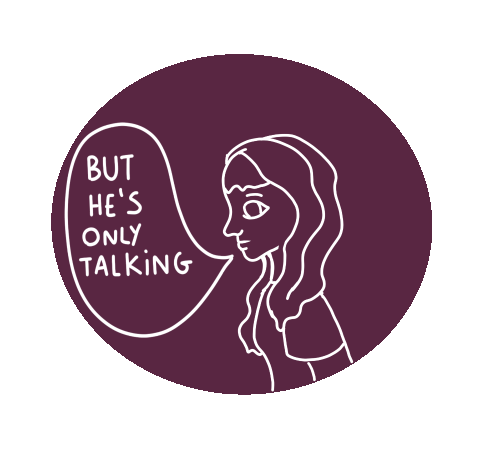
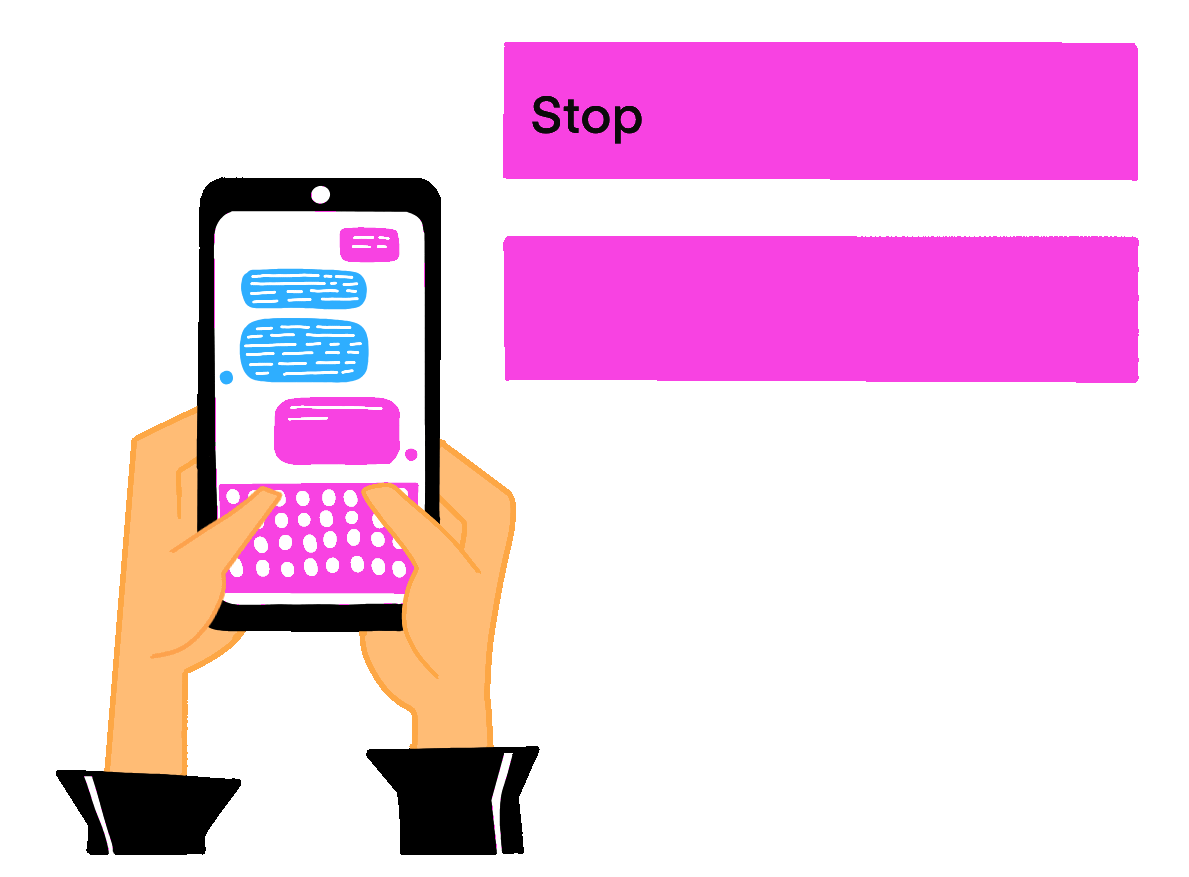
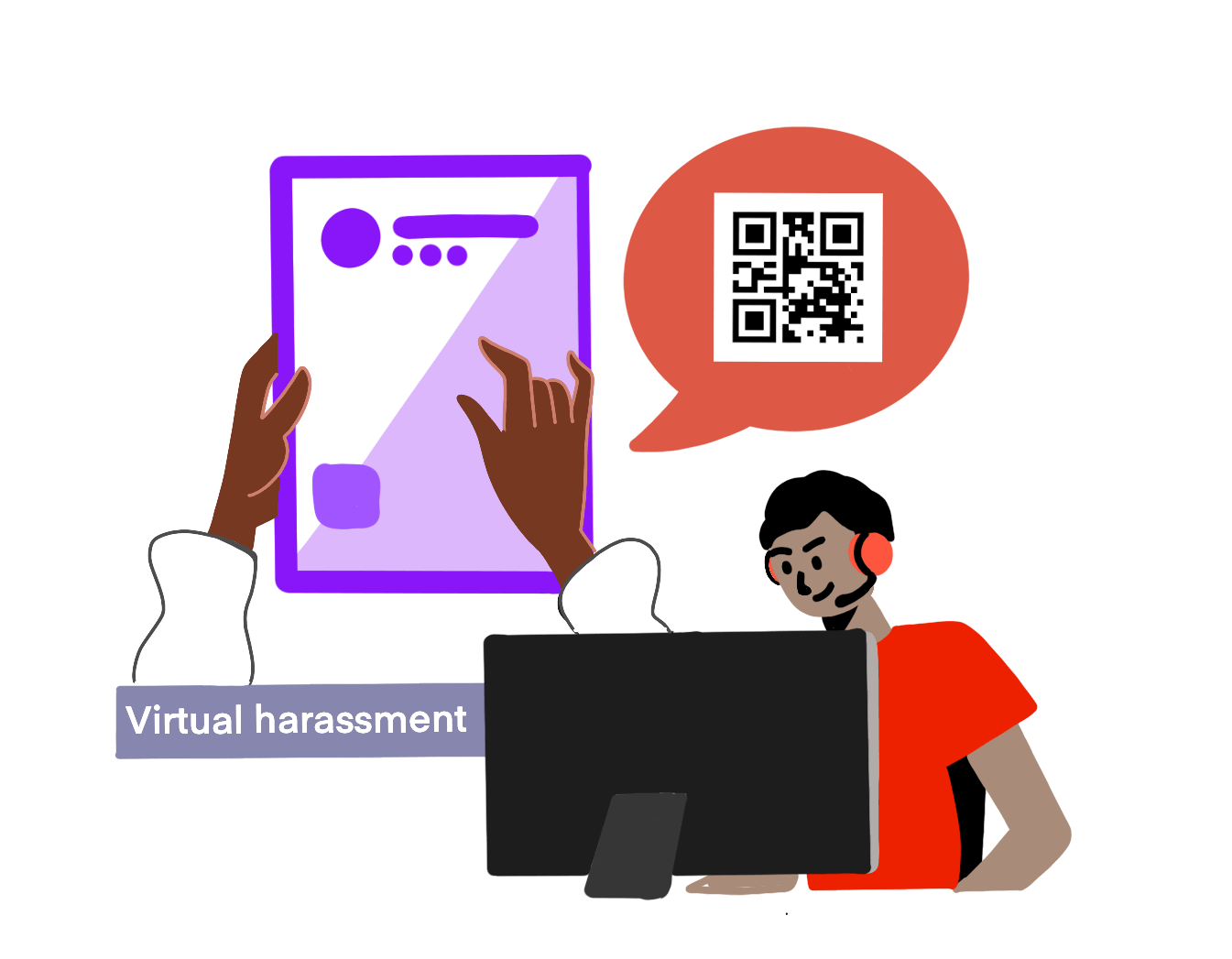
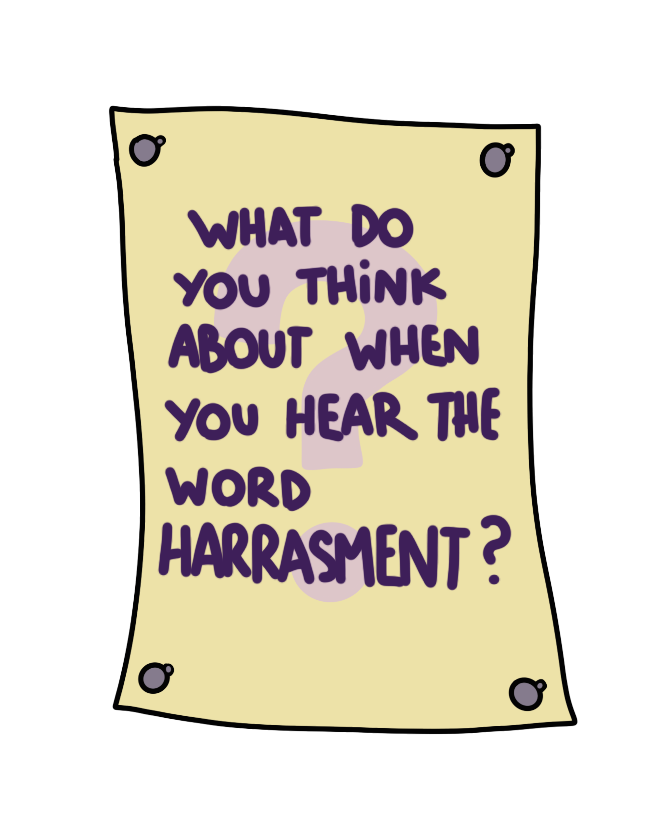
“Are they just messages and not harassment? Am I overreacting? But why do I feel so awful then?” while Melina is thinking about it, she sees an open call on her university social media sites…
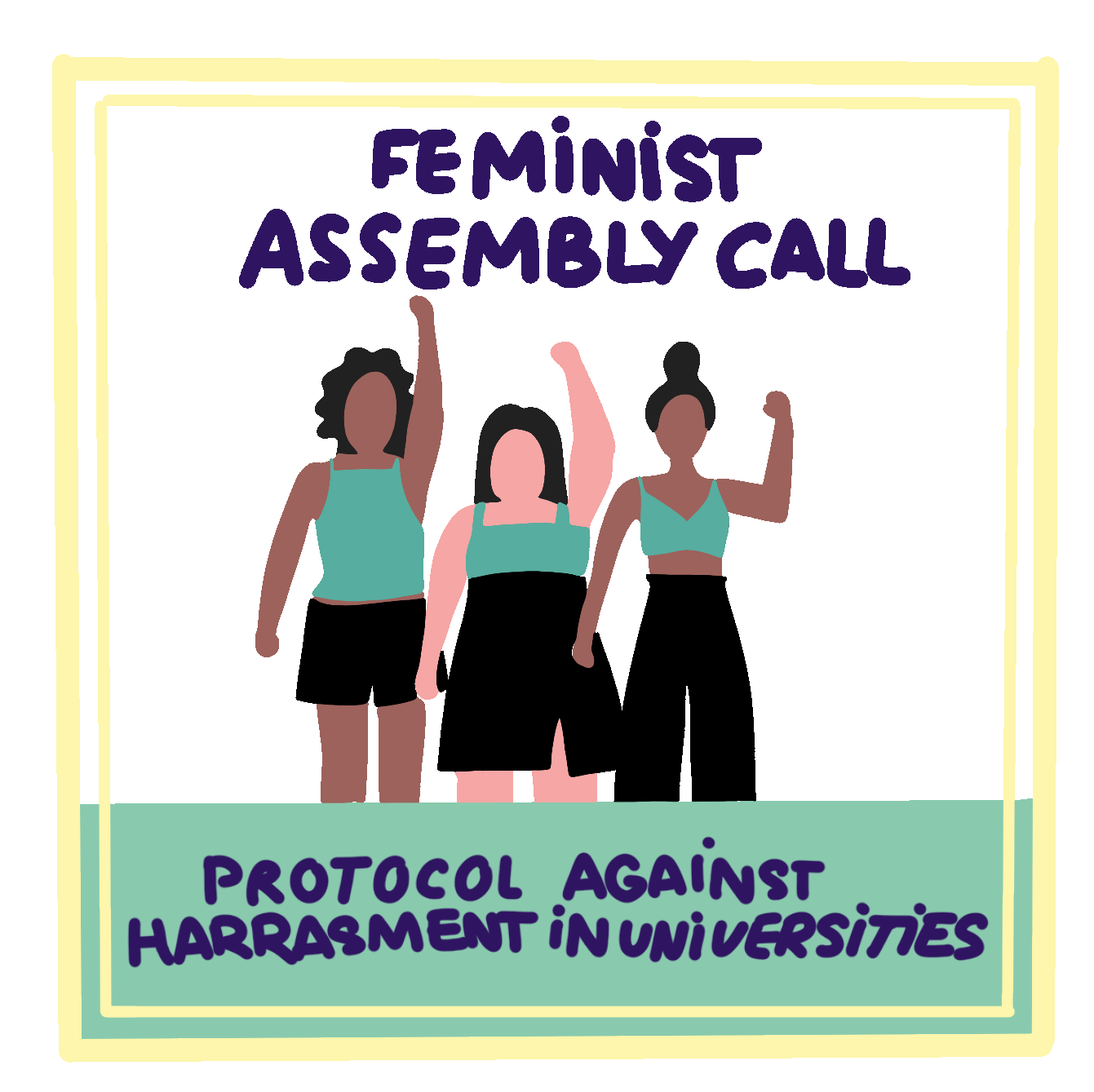
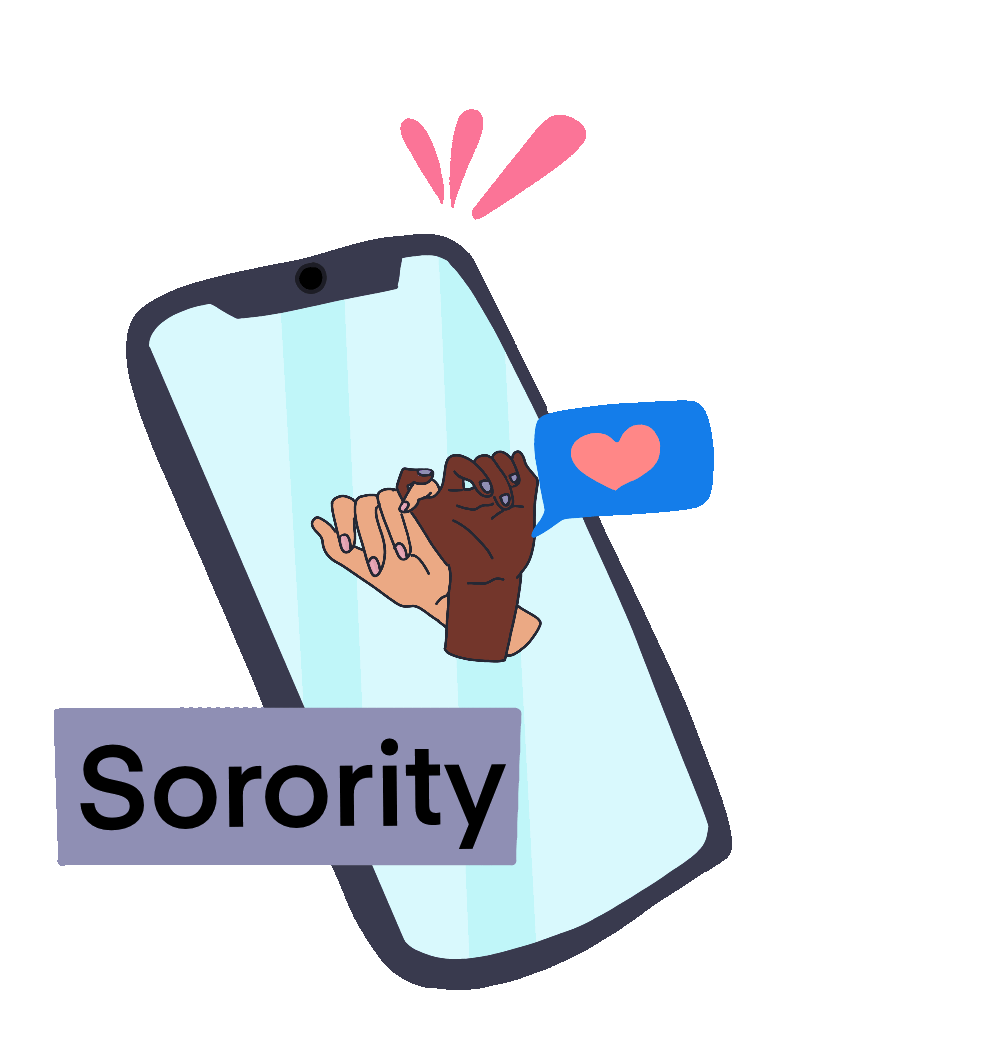
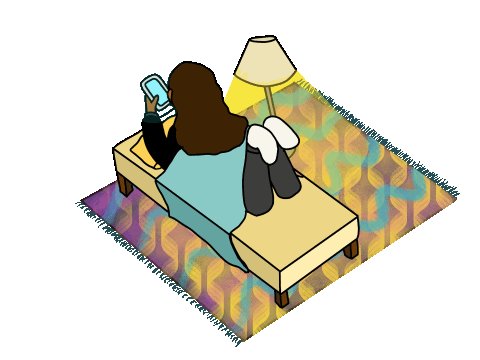
One of the people sharing the open call is Andrea; she’s the president of the Centro Federate Center of her faculty, as well as an acquaintance of Carlos’. She decides to tell her what’s going on.
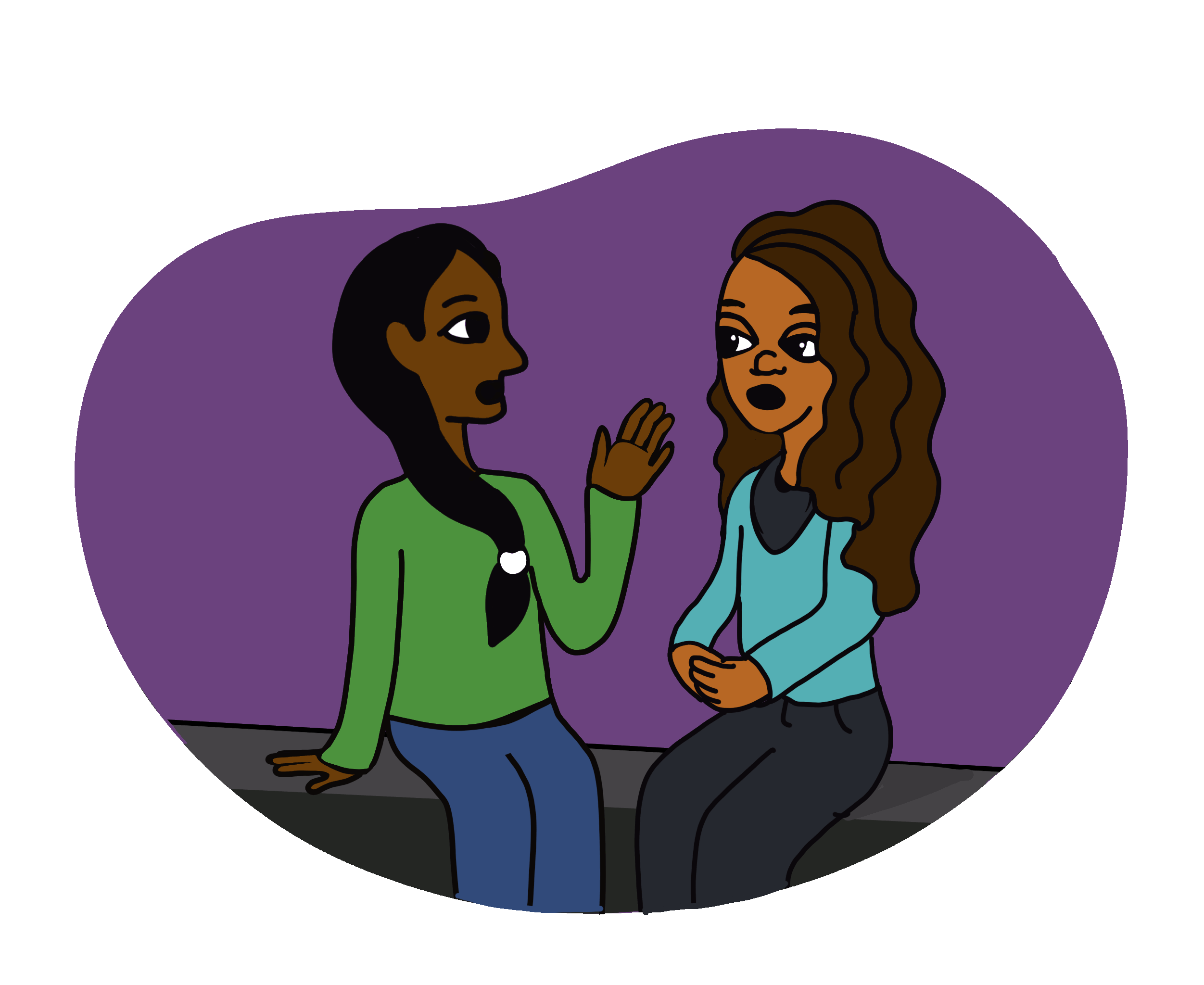
Melina contacts one of the organizers, Andrea, to ask her for help and personally tells her what’s going on. Together, they reflect on what’s happening and why Melina is so hesitant. “You’re not the only one who has gone through this at the university or with that teacher. We’re not overreacting, they’re just making us believe that we are.”
Encouraged by Andrea’s support, she decides to participate in the women’s meeting organized by her university; she attends the Zoom meeting to tackle the cases of harassment and violence which were happening at many faculties: she wasn’t the only one!
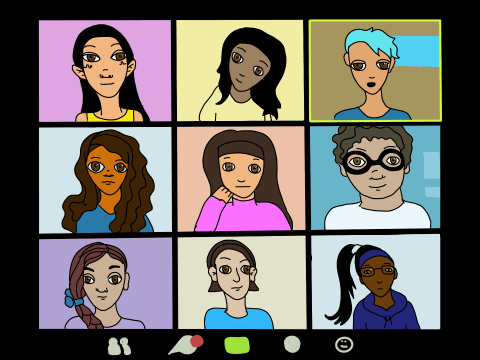
Thanks to the efforts of the organized students, feminists and independent activists at the university, they created the first Protocol to Confront Harassment and Gender-Based Violence to be rolled out across all faculties.
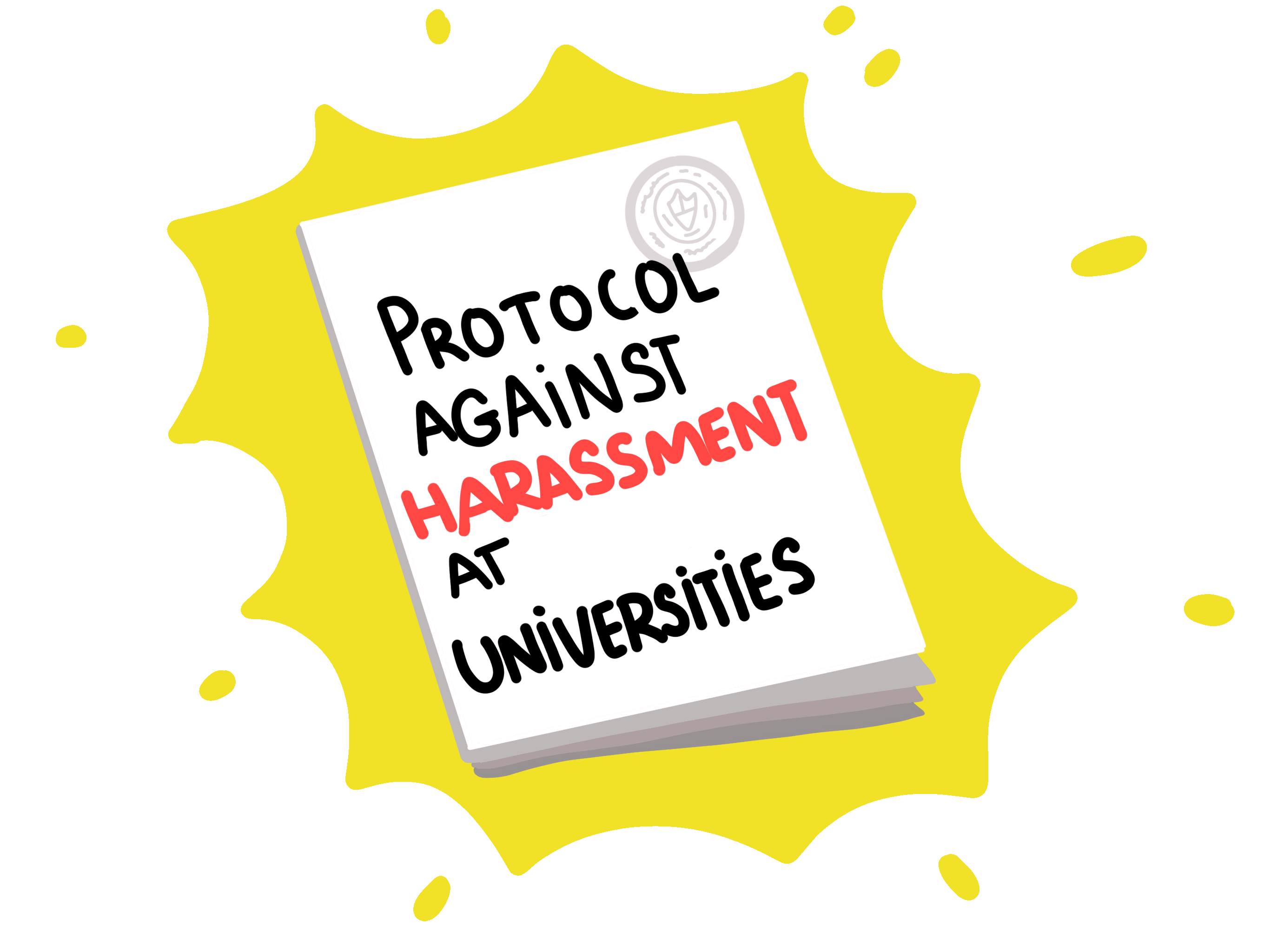
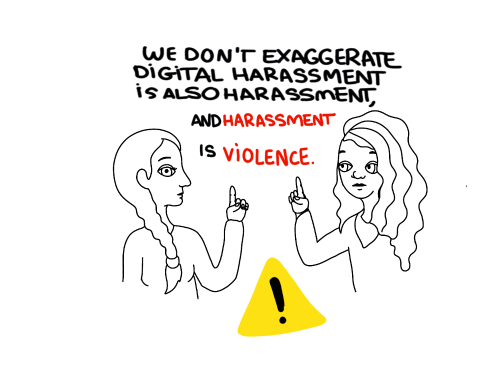
“In the face of chauvinist violence: feminist organization. For spaces free of violence.”
the PDF version here
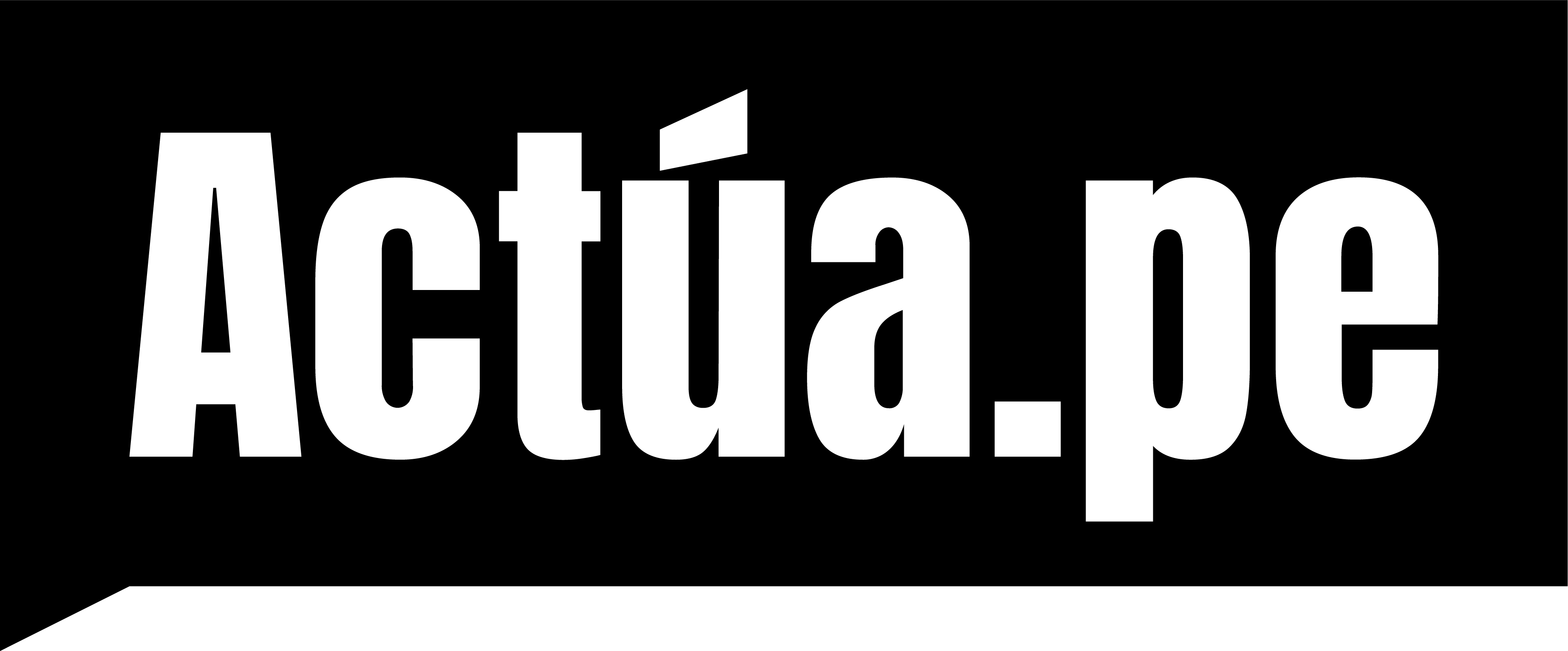


 Español
Español Inglés
Inglés Francés
Francés




